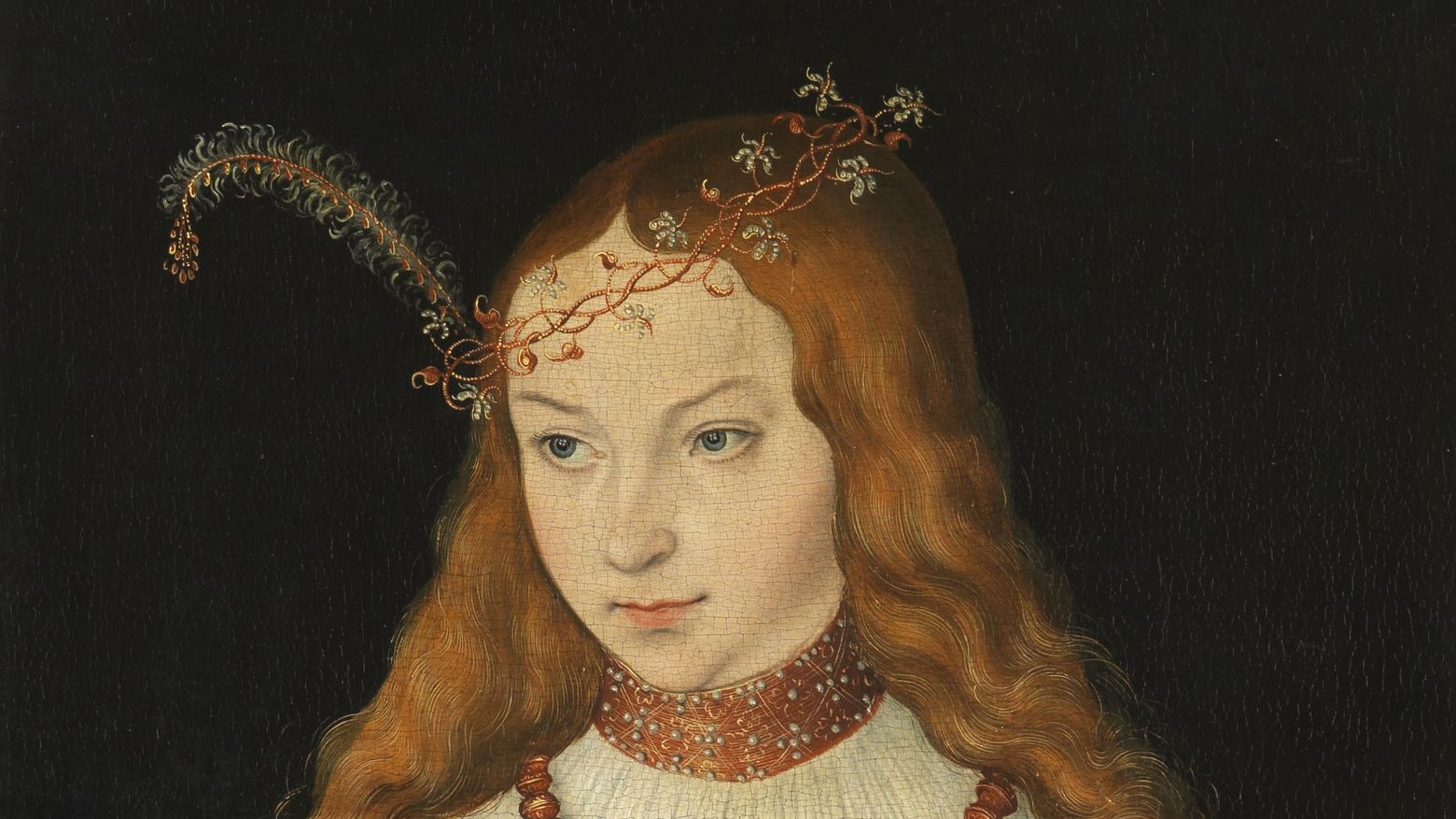Closed today
open again
General opening hours
Tue–Sun (closed Mon)
9.30–18:00
From 15:00, priority given to groups with advance booking.

As one of the important sites of German Classicism in Weimar, the historical library building with its famous Rococo Hall was designated a UNESCO World Heritage Site in 1998.
The Rococo Hall is the jewel of the Historic Library. Built at the behest of Duchess Anna Amalia, it opened in 1766 and has since preserved and presented the collections of the library to the present day. Following a devastating fire in 2004, the Historic Library underwent extensive renovation and reopened in 2007.
Closed today
open again
General opening hours
Tue–Sun (closed Mon)
9.30–18:00
From 15:00, priority given to groups with advance booking.
Platz der Demokratie 1
99423 Weimar
Adults
8.00 €
Reduced
6.00 €
Pupils (16-20 years)
3.00 €
Combo ticket - Herzogin Anna Amalia Bibliothek
12.00 €

You can also explore the historic library with the Weimar+ app. An audio tour provides you with exciting background information about the expressive exhibits of the new exhibition "Cranach's Floods of Images". Would you like to browse the magnificent volumes in the rococo hall? With an augmented reality application you can digitally take historical books off the shelves.
The three-storey Rococo Hall was built for the Ducal Library in 1766. Today some 40,000 volumes can be found on its shelves. These are not museum displays, but actual books which users can sign for and peruse at their leisure in the reading room.
Alongside these ancient volumes, the hall is adorned by a collection of paintings and busts. In addition to members of the ducal family, they depict poets, artists, scientists and philosophers. Just 15 years after it opened, Duke Carl August, Anna Amalia’s son, began commemorating his contemporaries – such as Herder, Wieland and Goethe – in the form of portrait busts. By the 19th century, the Rococo Hall had become one of the most frequented commemorative sites of Weimar Classicism.
The harmonious interplay of architecture, art treasures and books represents the order of knowledge in the world of the 18th century. Even today, it makes a visit to the Rococo Hall a unique experience.
Experience the Rococo Hall in a 360° panorama view – Before the fire – After the fire – After the restoration

Wheelchair users can access the building via a lifting platform at the entrance. To use the lifting platform, please notify a member of our staff via the call box on the left.
Because the historic wooden floors are extremely sensitive, visitors in electric wheelchairs are kindly asked to change to a specially prepared wheelchair when viewing the Rococo Hall.
Discover the exhibition in the Renaissance Hall
